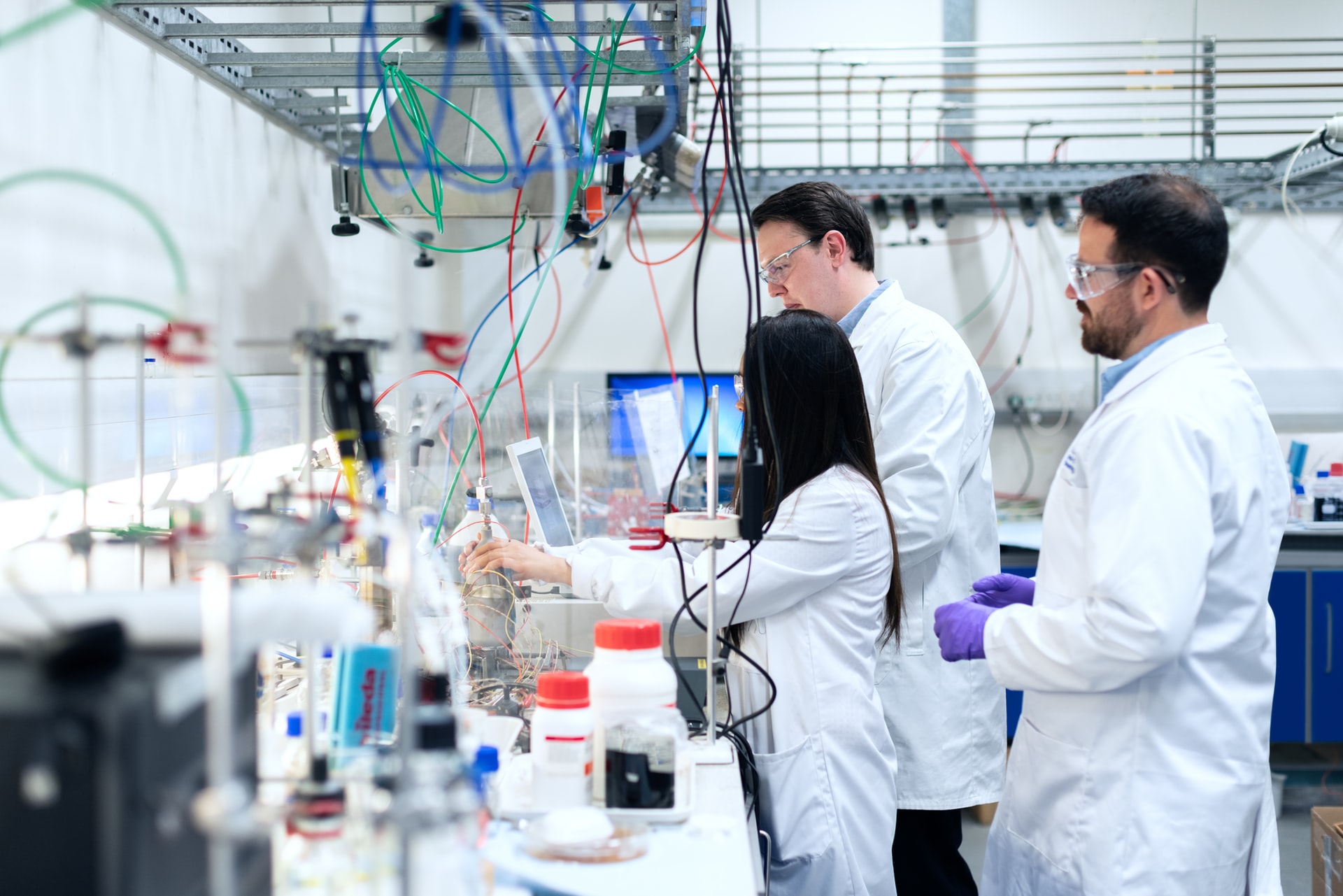
All about carbon monoxide gas alarms, how they detect gas and where they are needed
Carbon monoxide gas alarms are an important safety precaution in areas where the invisible, odourless gas may be present.
Carbon monoxide, chemical symbol CO, cannot be seen, smelled or tasted, but is poisonous to humans with symptoms ranging from dizziness, chest pain and vomiting, to unconsciousness and death.
According to London Fire Brigade, each year in the UK about 50 deaths are attributed to CO, along with hundreds of injuries.
CO detectors and alarms are small, reliable and easy to install – so there’s every reason to add one or more wherever you need them, so you can work with confidence.
How do carbon monoxide detectors work?
The sensing element in a carbon monoxide gas alarm can use one of several methods, including opto-chemical and biomimetic detectors which change colour in the presence of CO.
Carbon monoxide sensors such as the FIS Gas Sensor SB-500-12 for Carbon Monoxide Detection use a semiconductor method, with thin strands of tin dioxide on an insulating base.
Tin dioxide increases its resistance in the presence of oxygen, but if carbon monoxide is present, the resistance decreases, allowing an integrated circuit to detect any such change.
Where should CO gas alarms be installed?
It’s good practice to install CO gas alarms anywhere you think carbon monoxide could be present, and especially in enclosed spaces where CO might be generated accidentally.
This includes any gas appliances, generators and anywhere fuel is burned, as a shortage of ambient oxygen can lead to incomplete burning of fuel, with CO instead of CO2 as the byproduct.
Concentrations as low as 35 ppm can start to have effects after long-term exposure, and concentrations above 100 ppm can cause headaches within just a few hours.
It’s also a good idea to install CO alarms in marine environments, such as boat cabins, where carbon monoxide may accumulate from appliances.
Essentials of CO detector maintenance
Three top tips for CO detector installation and maintenance:
- Place the CO gas alarm about 1.5m from floor level, as CO is lighter than air.
- Have the CO sensor tested regularly – at least once per year.
- Replace the CO sensor module at the end of its lifespan (usually several years).
To find out more about FIS CO gas sensors or to ask us anything about carbon monoxide gas alarms, contact Envin Scientific today.

